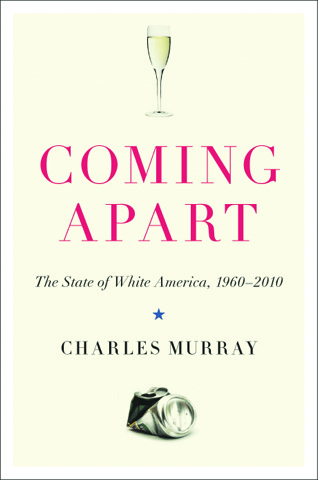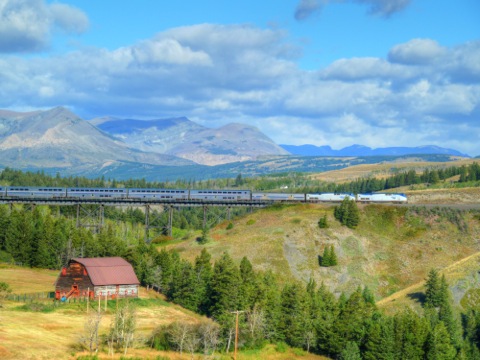Without a doubt, yesterday’s election was the most important one held in America at least since 2010, and possibly even 2008. Der Spiegel, the German magazine, argues that the election campaign is evidence that the United States is a nation in decline. Certainly the political system is having its problems, but Der Spiegel‘s prescription of going further into debt to build high-speed trains and other European follies is a dubious way to fix those problems.
The real decline is in the Republican Party, which couldn’t manage to capture the White House or the Senate despite high unemployment and other economic problems. Republicans began shooting themselves in their collective feet early in the last decade when they made immigration a big issue, thus earning the enmity of Latinos, the nation’s fastest-growing and second-most important ethnic group.
Unfortunately, our two-party system too often limits voters to a choice between a social & fiscal liberal vs. a social & fiscal conservative (or, worse, a social & fiscal liberal vs. a social conservative & fiscal liberal). A large percentage of potential voters don’t feel comfortable in either party, and the libertarian side of me thinks, or hopes, that many of those “independents” are socially liberal but fiscally conservative.
By focusing on fiscal issues, the tea parties seemed to provide an alternate route, one that set social issues (few of which are really decided at the federal level anyway) aside. But too many Republican candidates made social issues a major part of their campaigns, thus alienating both Democrats and independents. Romney didn’t help by offering an inconsistent message, as often criticizing the president for cutting budgets, such as medicare and defense, as for spending money.
Continue reading →









